Activities for children, such as drawing, are instrumental in filling the afternoons at home. That’s why we offer you lots of ideas for leaves to color.
There are all kinds of them, both for children and adults. Leaves coloring pages are ready to print. So it is the best time to propose as an activity to children.
Free leaves Coloring Pages
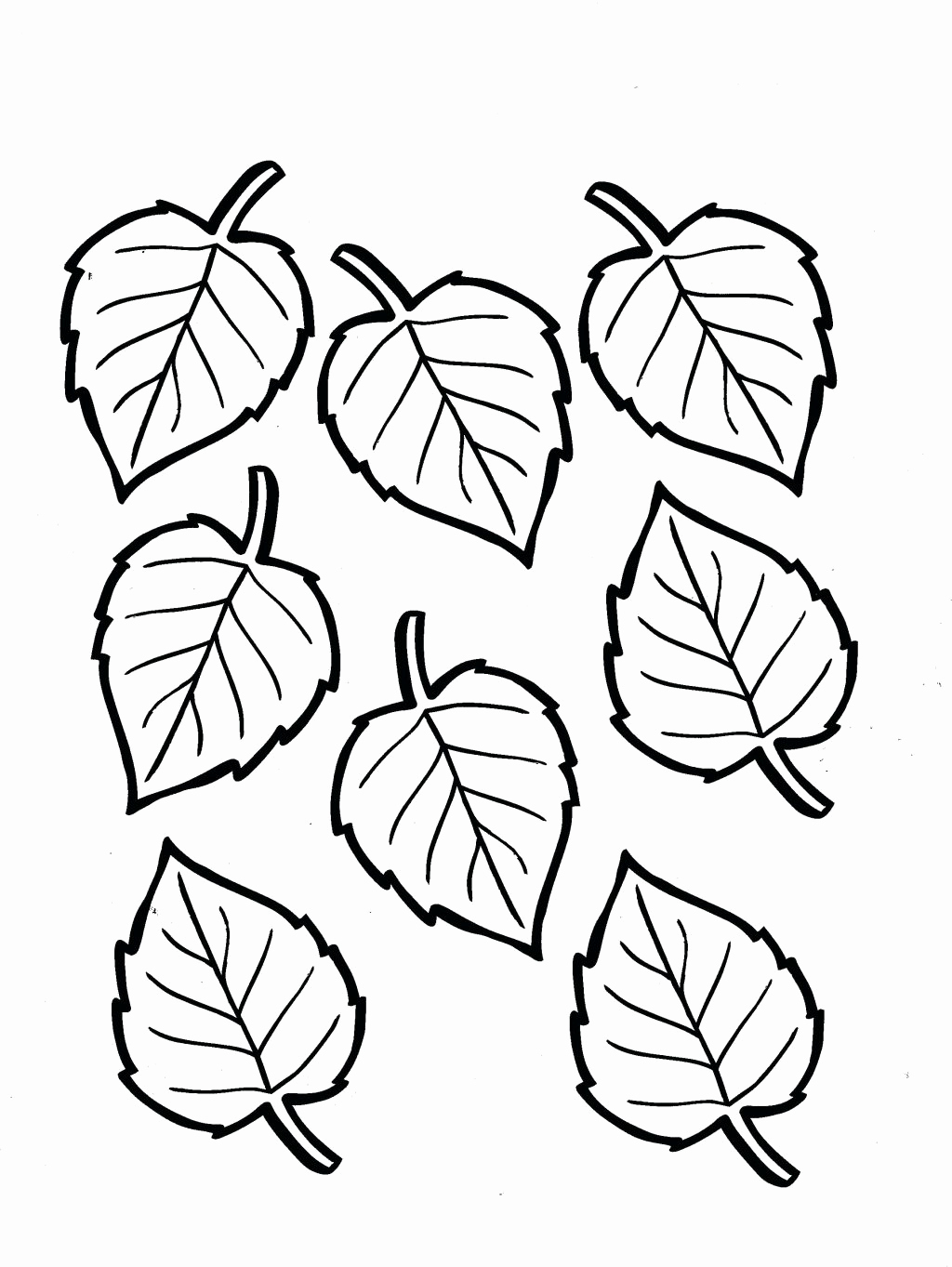
coloring page fall leaf coloring pages autumn for preschoolers fall leaf coloring pages 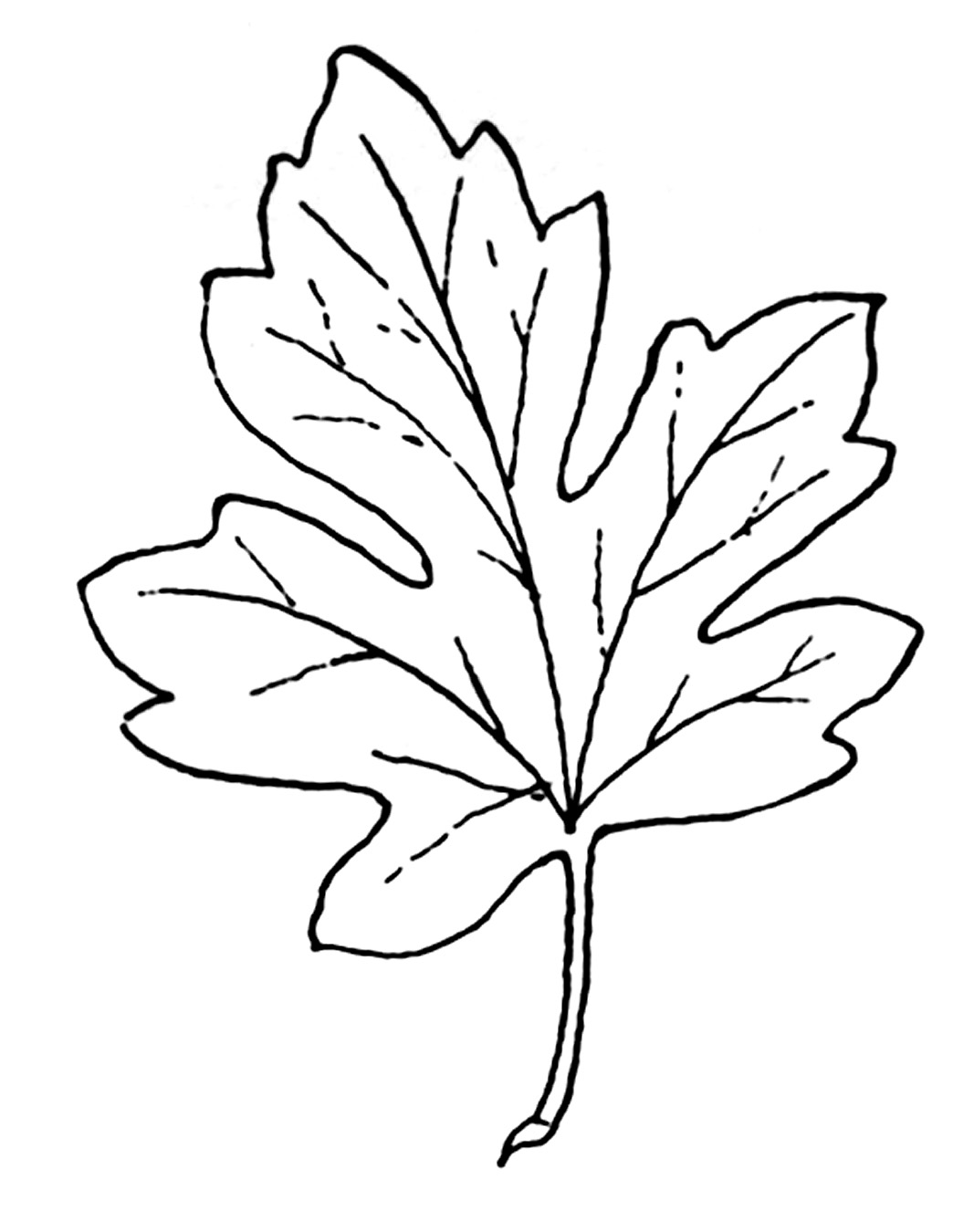
maple leaves coloring pages 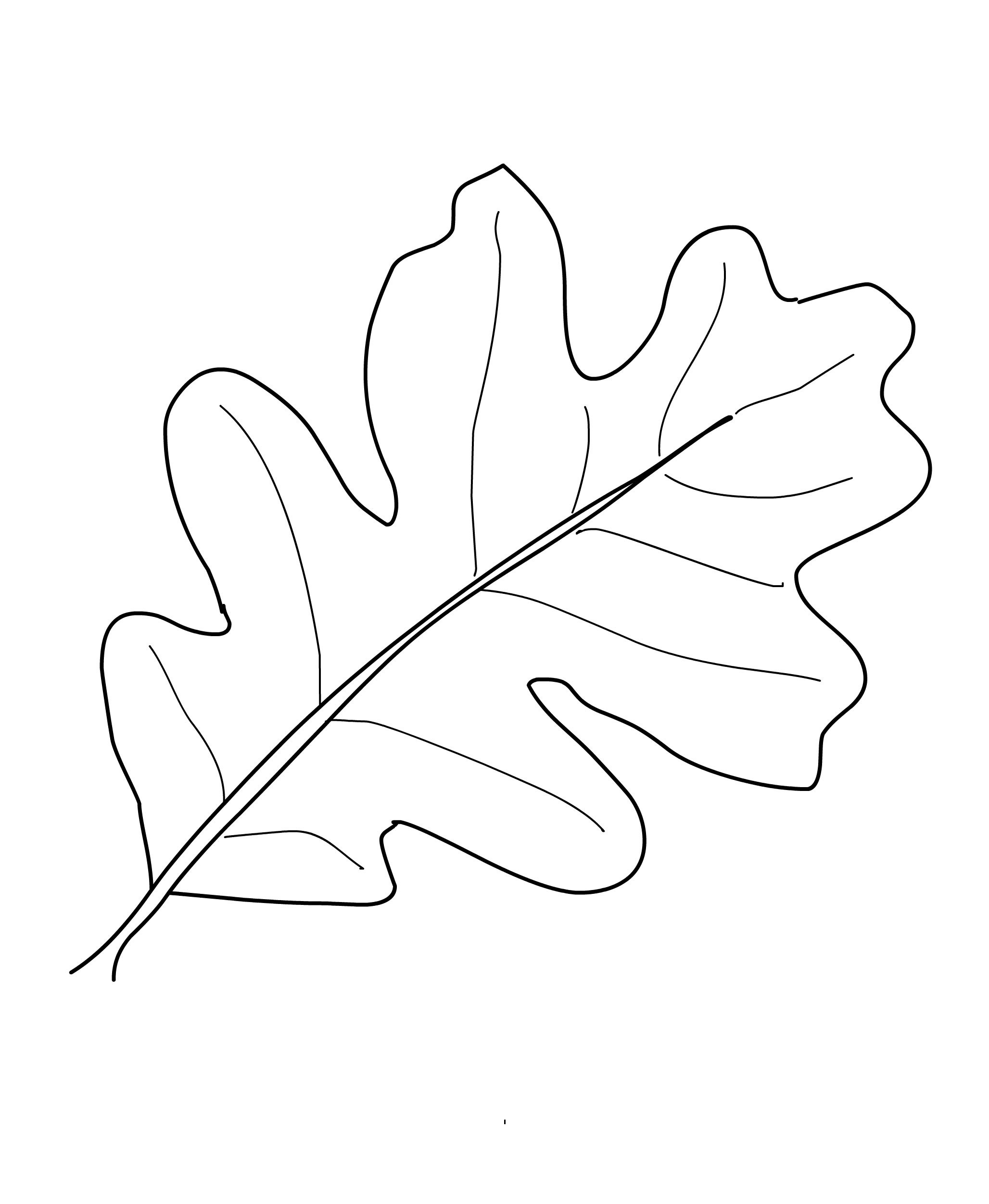
oak leaf nature coloring page for kids new leaves coloring pages download 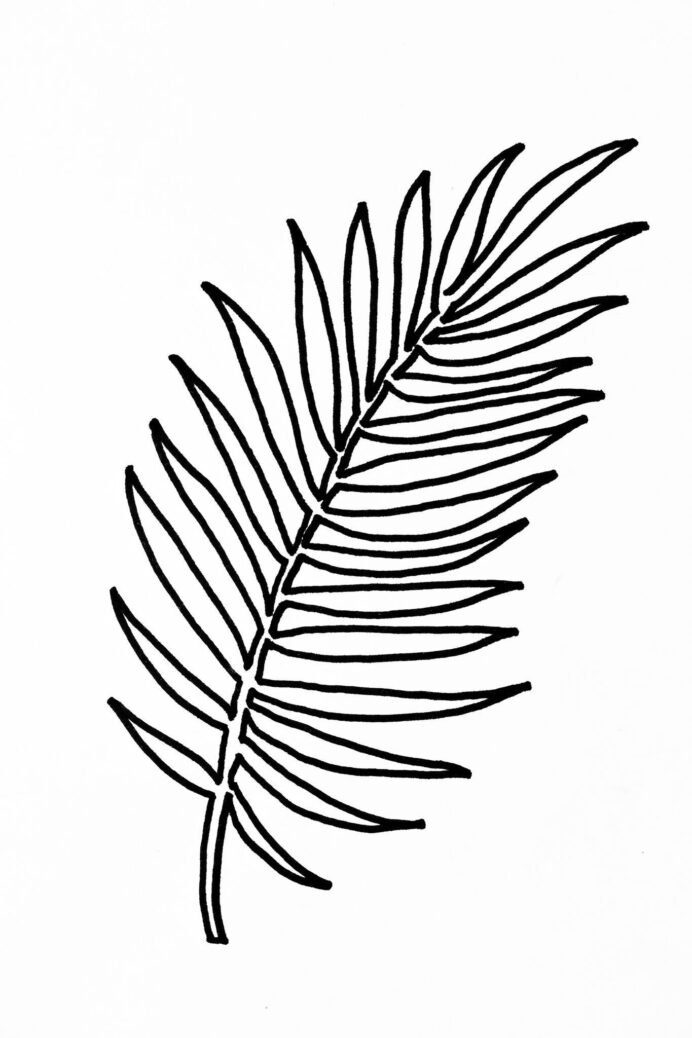
palm leaves coloring pages 
printable leaves coloring pages 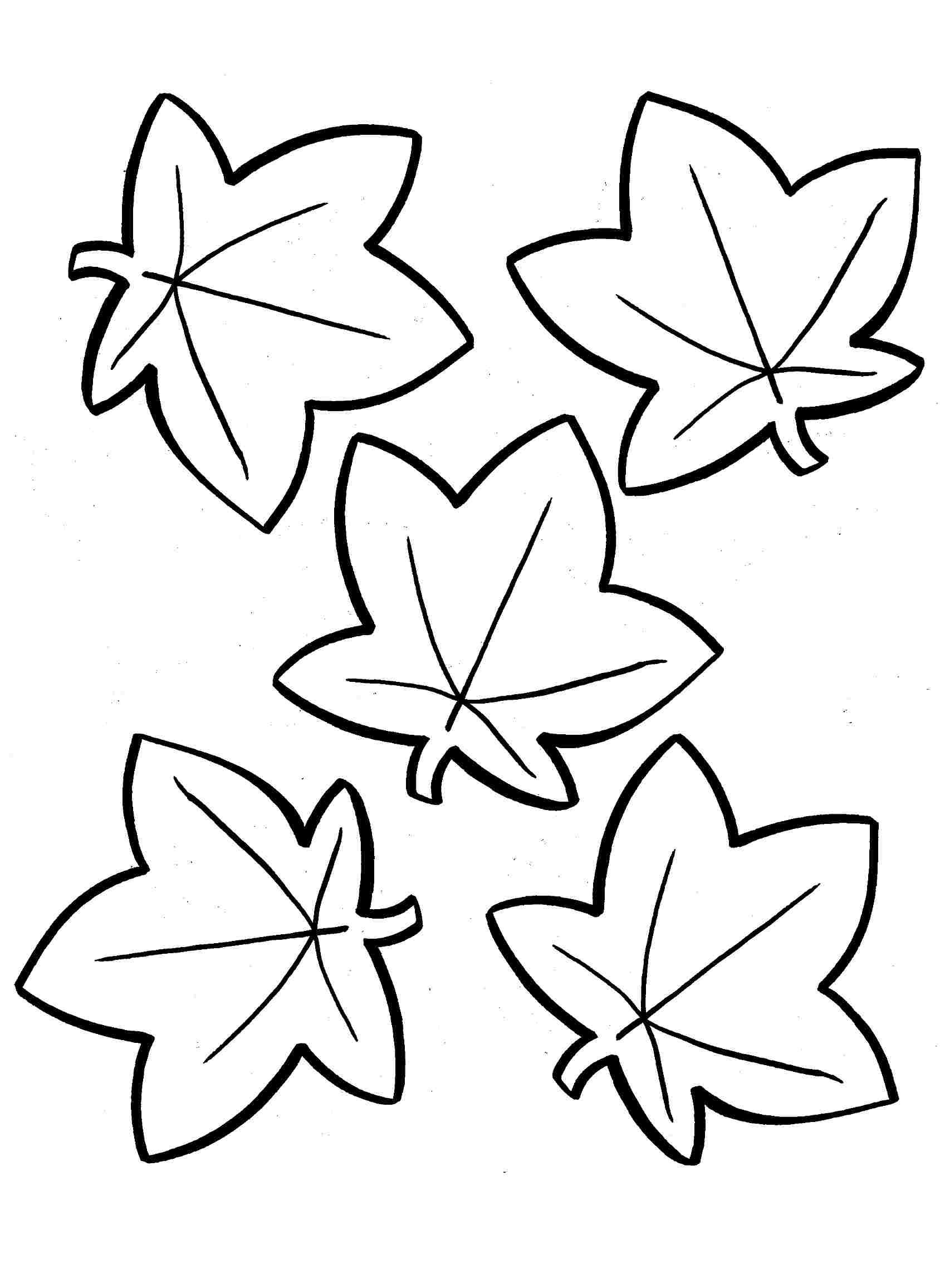
autumn leaves coloring pages 1 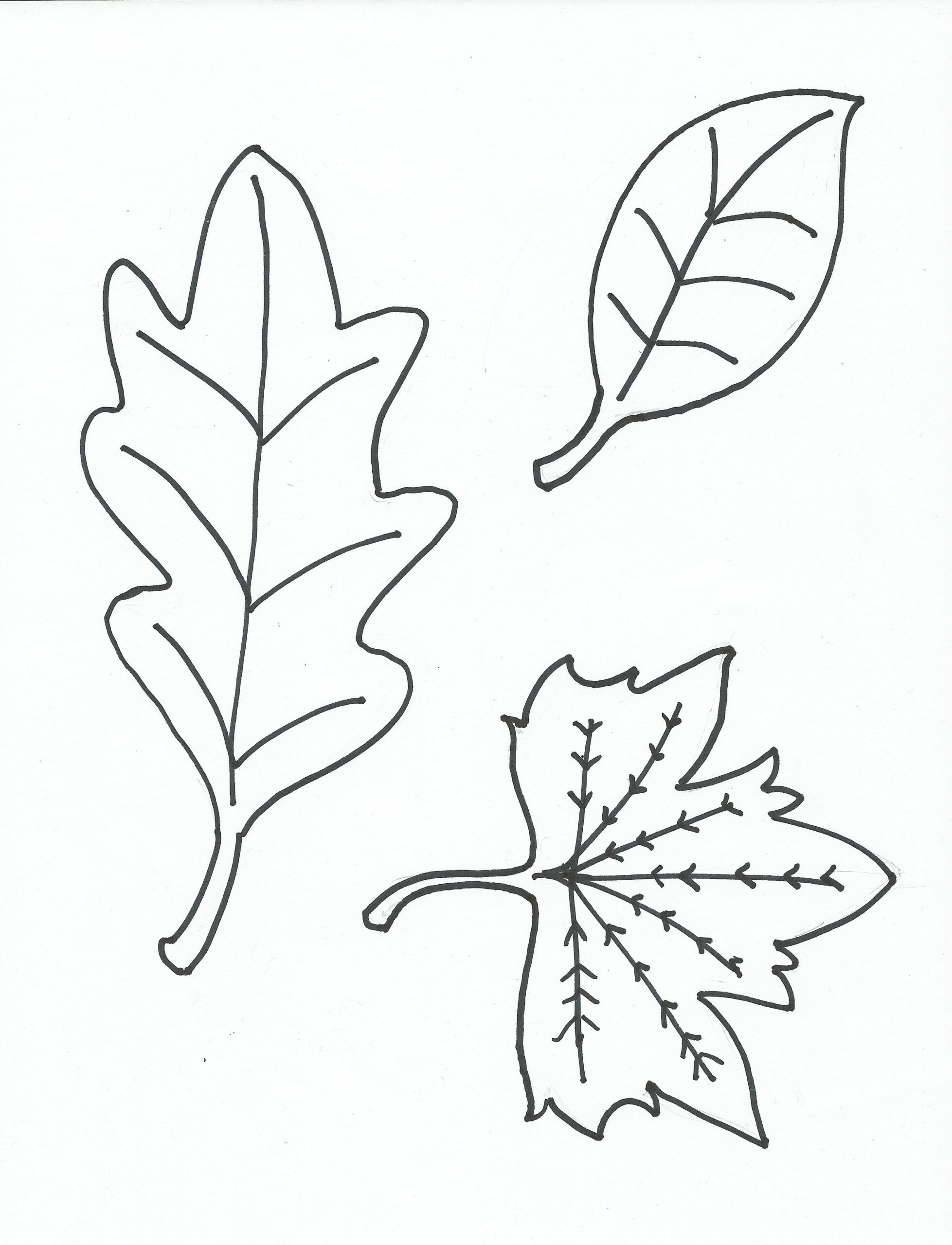
coloring pages fall leaves 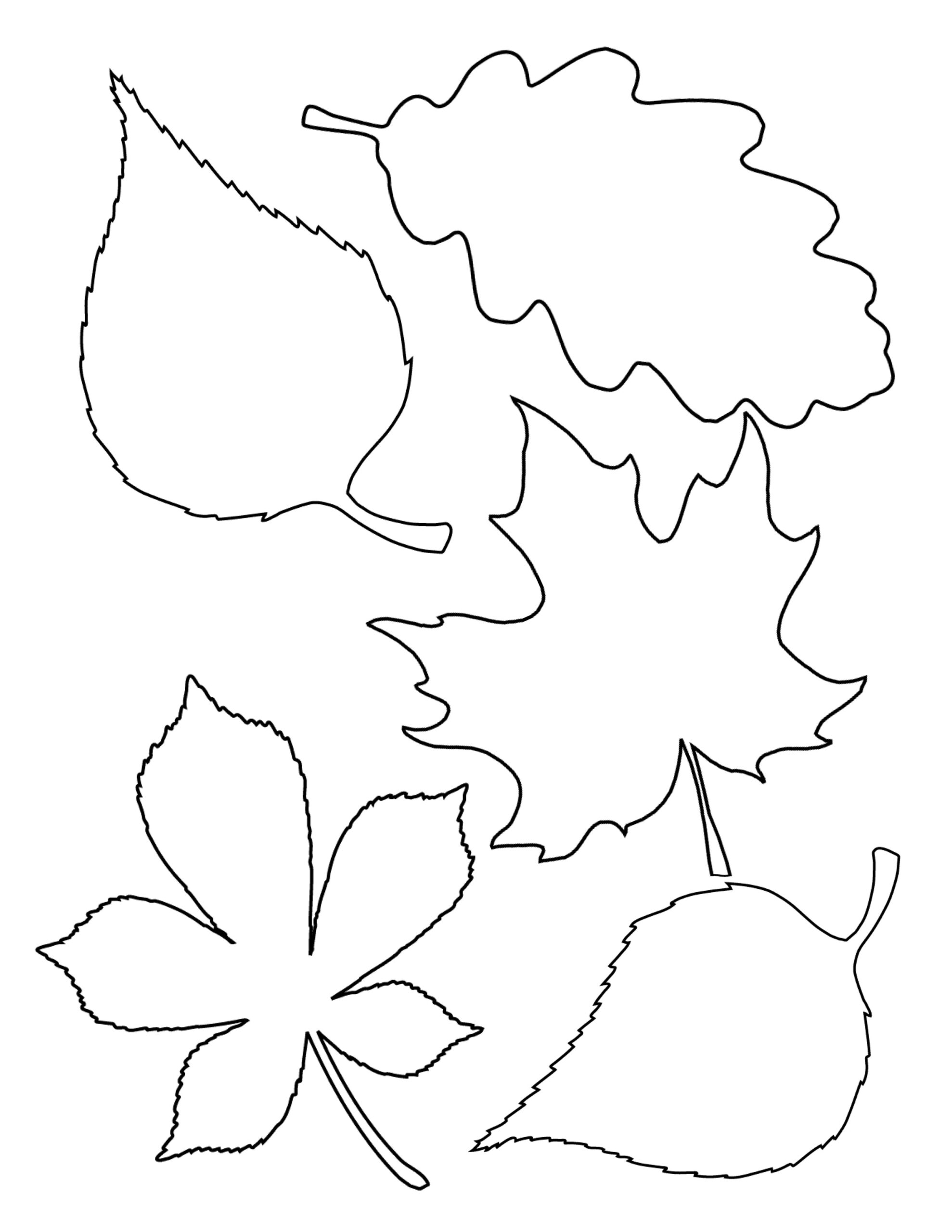
coloring pages leaves 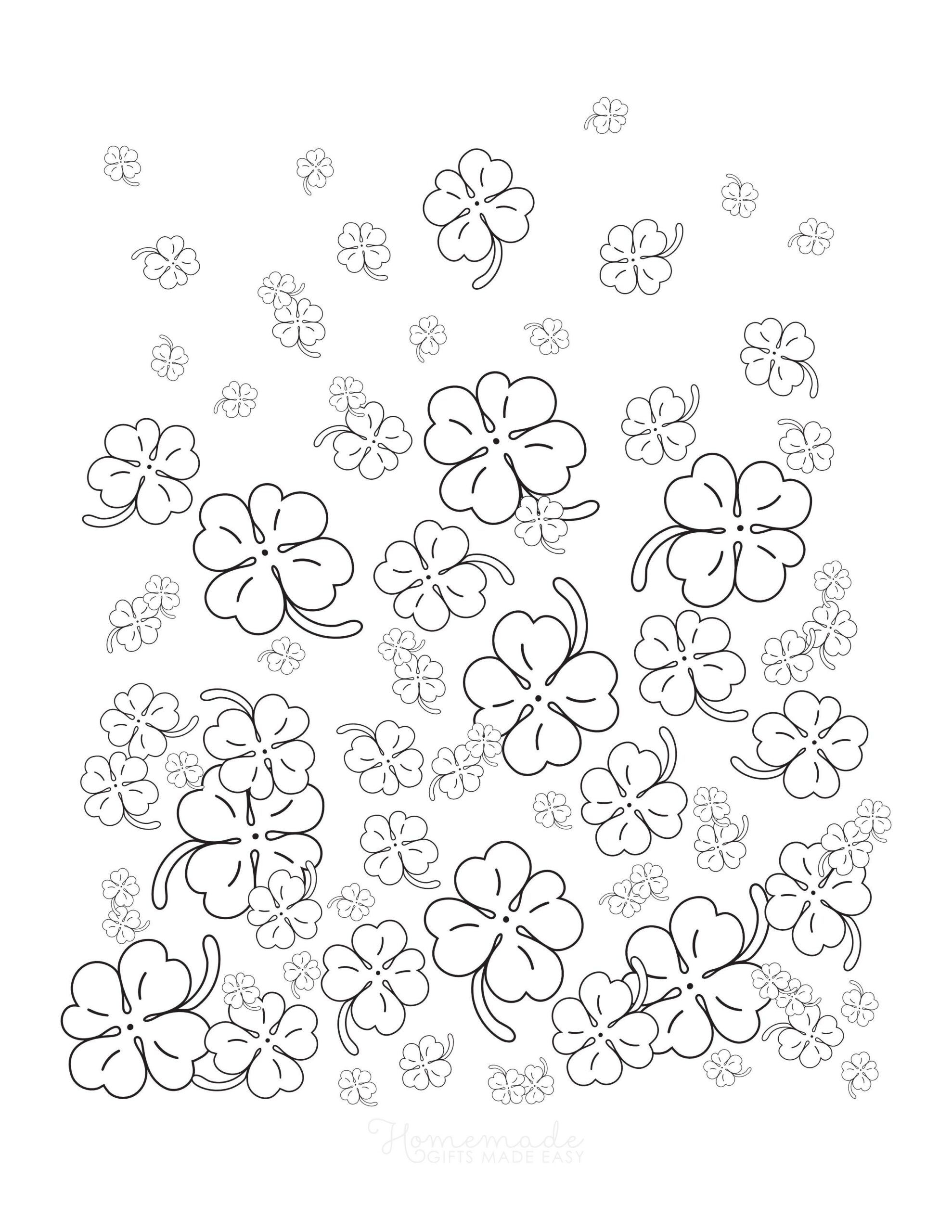
coloring pages of leaves 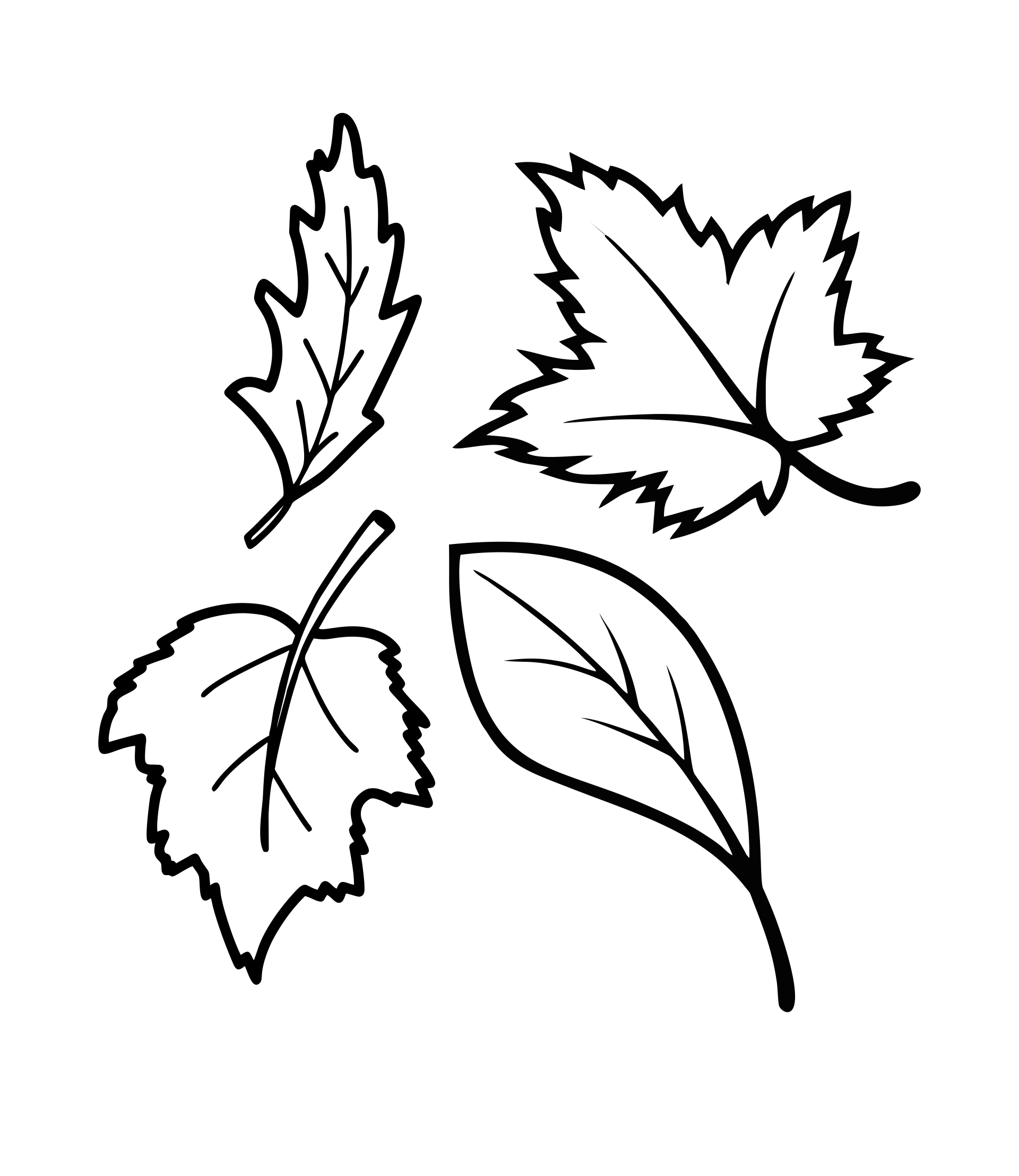
fall leaves coloring pages printable 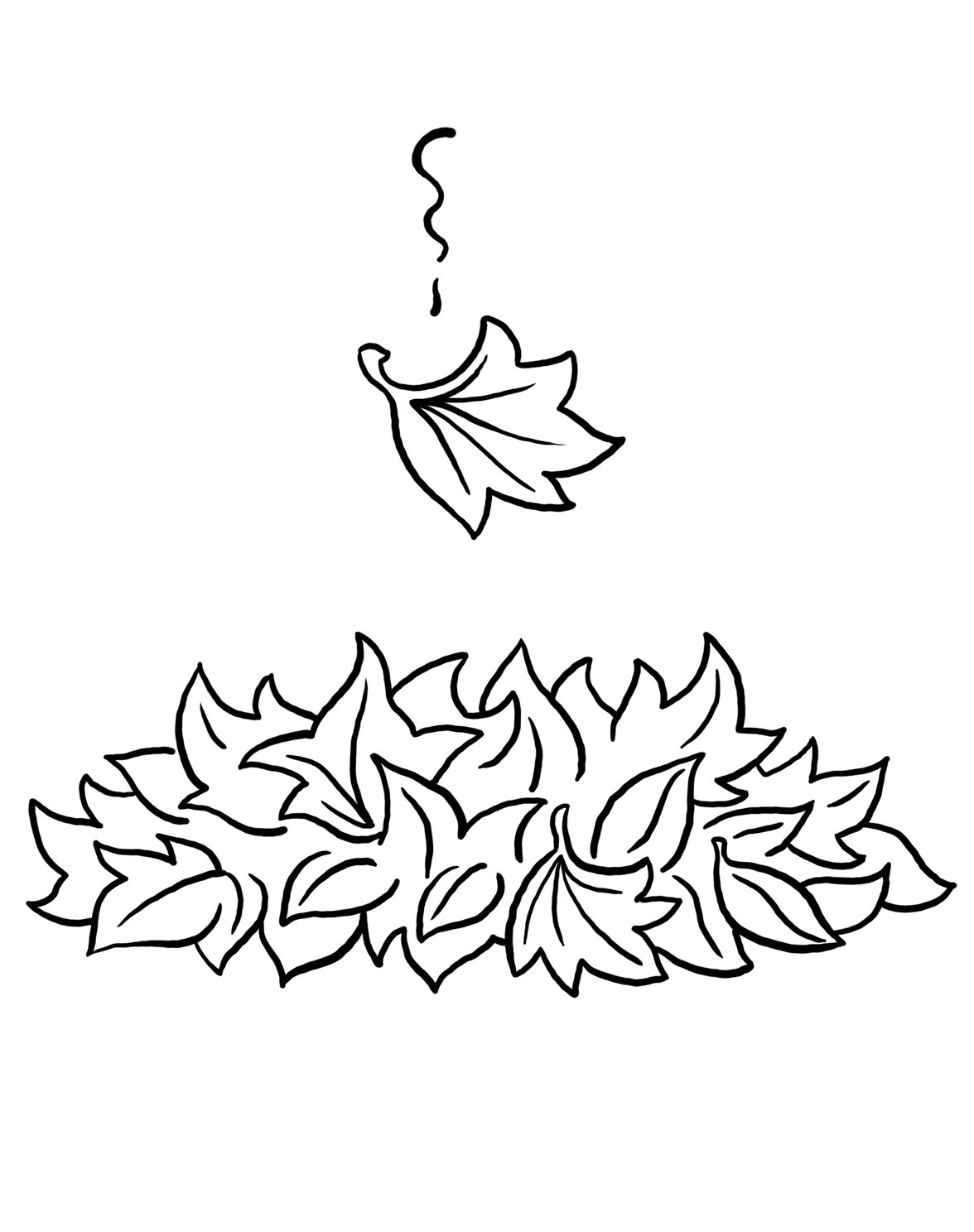
fall leaves coloring pages 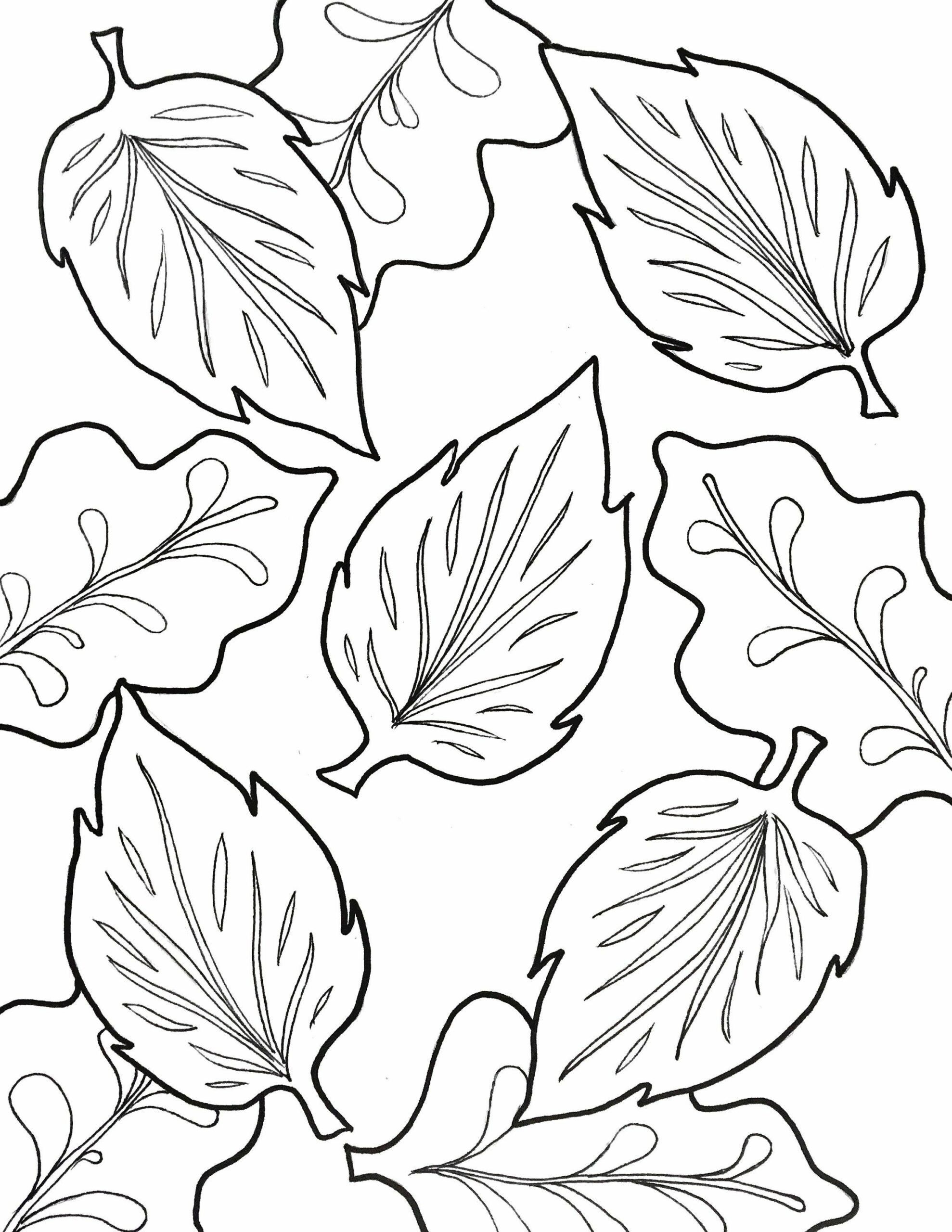
jungle leaves coloring pages 
leaves coloring pages printable 
leaves coloring pages to print
Leaves in plants represent the organ in charge of chlorophyll photosynthesis. To efficiently carry out this process, the shape of leaves is often flattened.
To expose as much surface as possible to sun rays and allow them to penetrate tissues. Other functions of leaves are respiration, transpiration, and guttation, all processes of vital importance for plants.
Their lamina essentially defines the shape of leaves. Still, other factors can distinguish one leaf from another, such as its base, veins, margin, or petiole.
Specifically, the lamina, also called a flap, is the part with the largest surface of the leaf, the one we immediately see when we observe a plant and which is described using different adjectives.
Simple leaves are made of one leaf only, whereas compound leaves are made of more than one leaf. In this case, the leaf is practically broken into many small leaves.
The compound leaves can be palmate when these leaflets start from the same point or pinnate when the leaflets originate from different points of the leaf rachis.
Pinnate leaves, which are distributed in pairs on the central rib, in turn, can be distinguished between paripinnate and imparipinnate.
In the first case, the leaflets are in an even number. In the second case, they are an odd number since there is a leaflet at the apex.
A particular type of compound leaves is the trifoliate ones, which have only three leaflets.